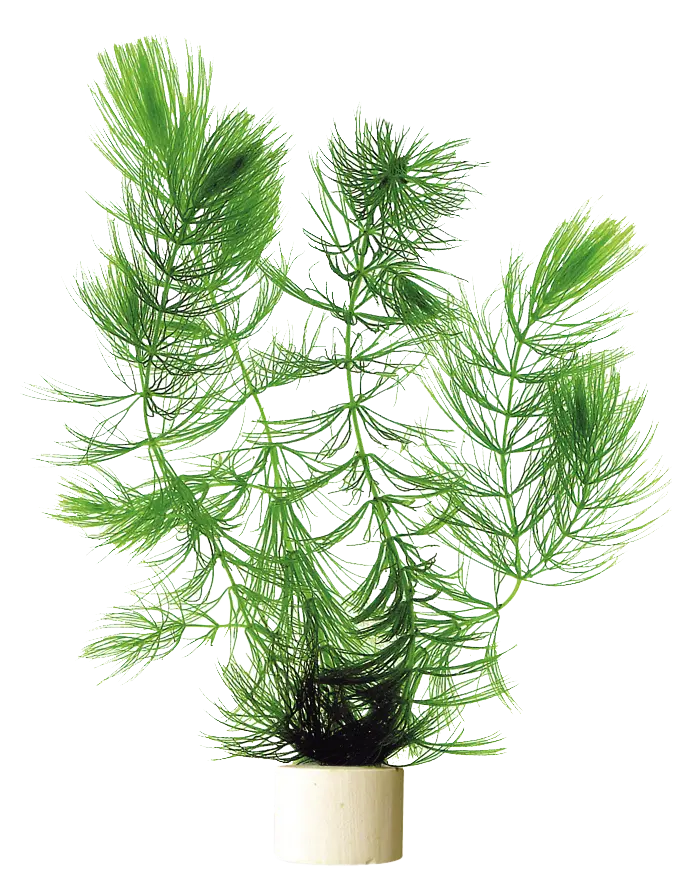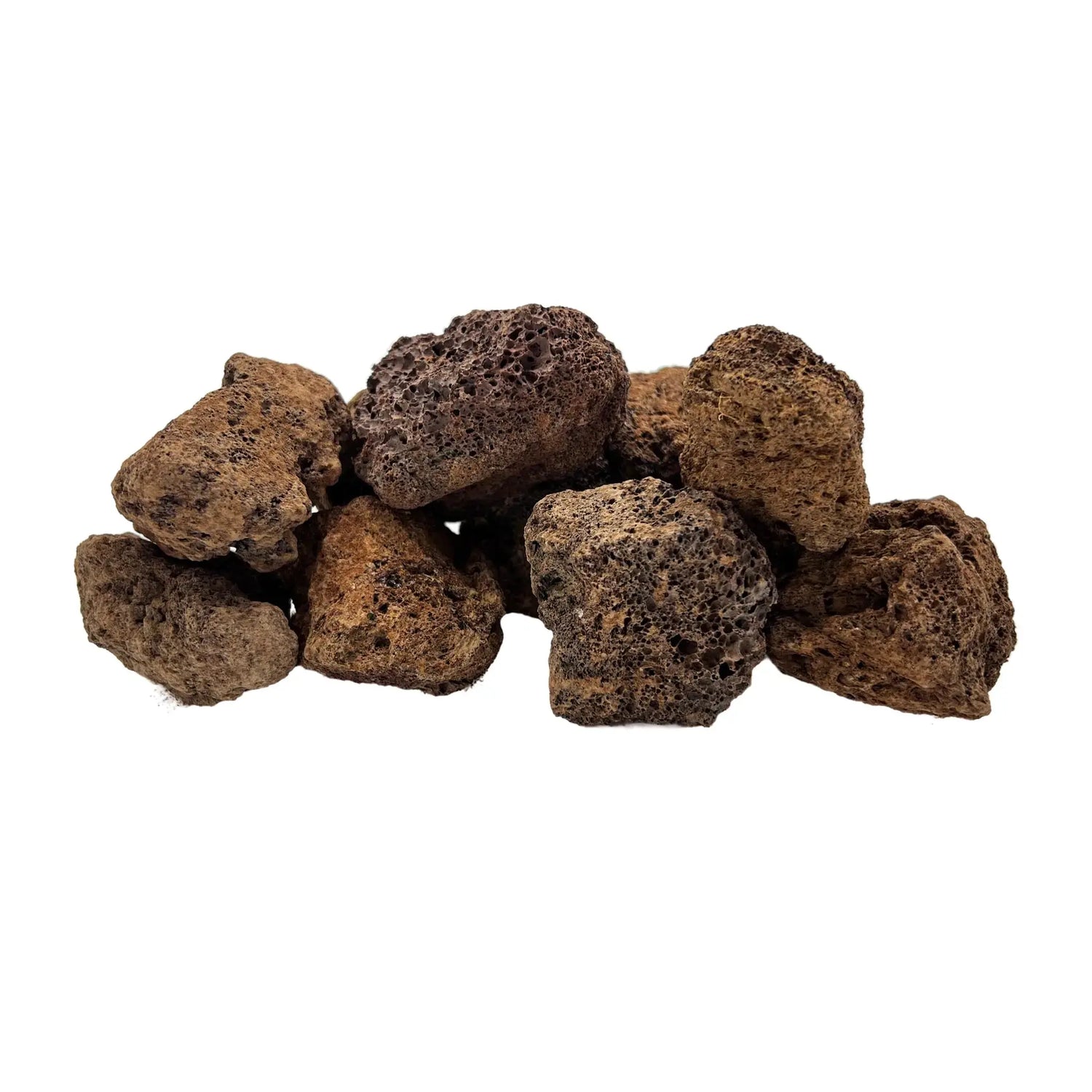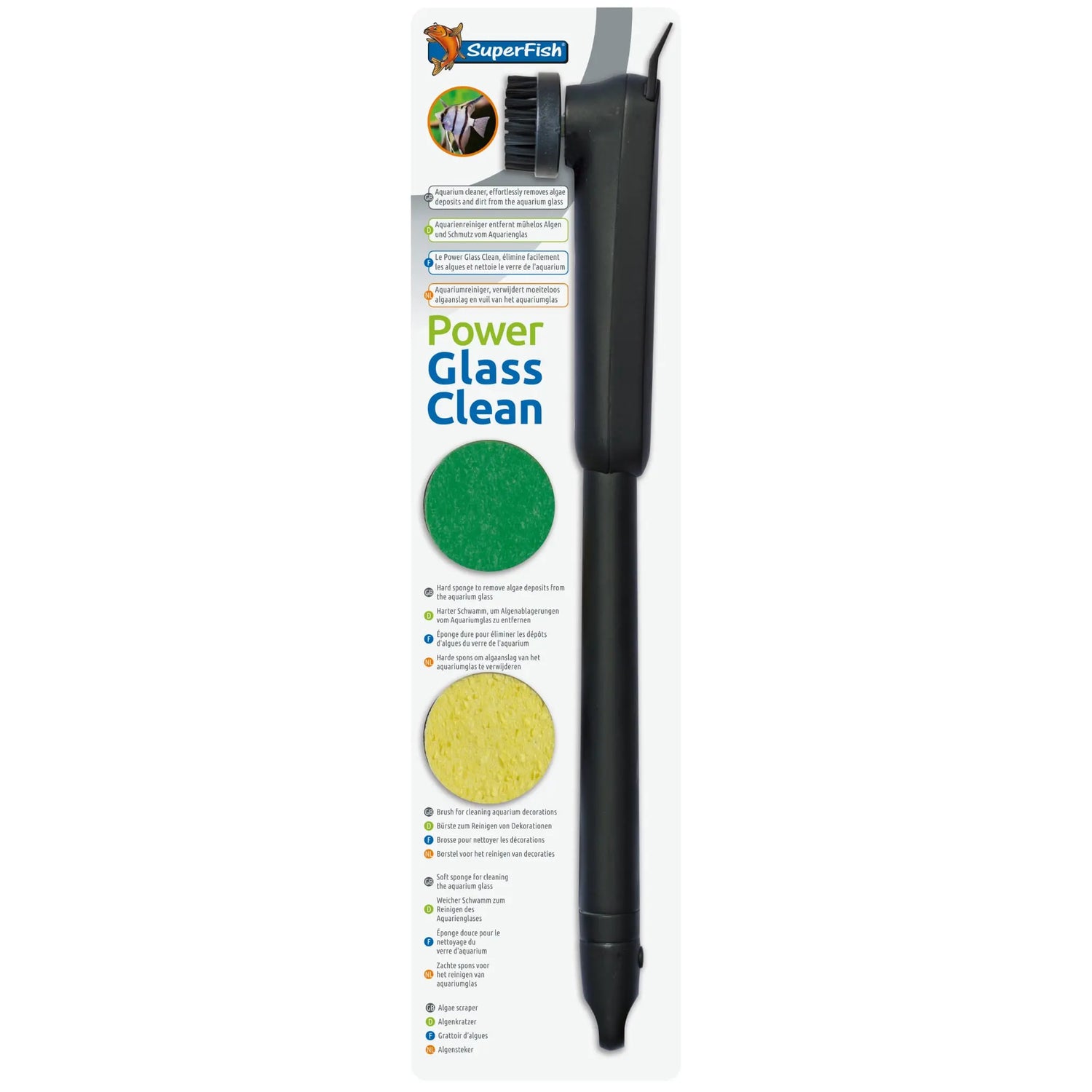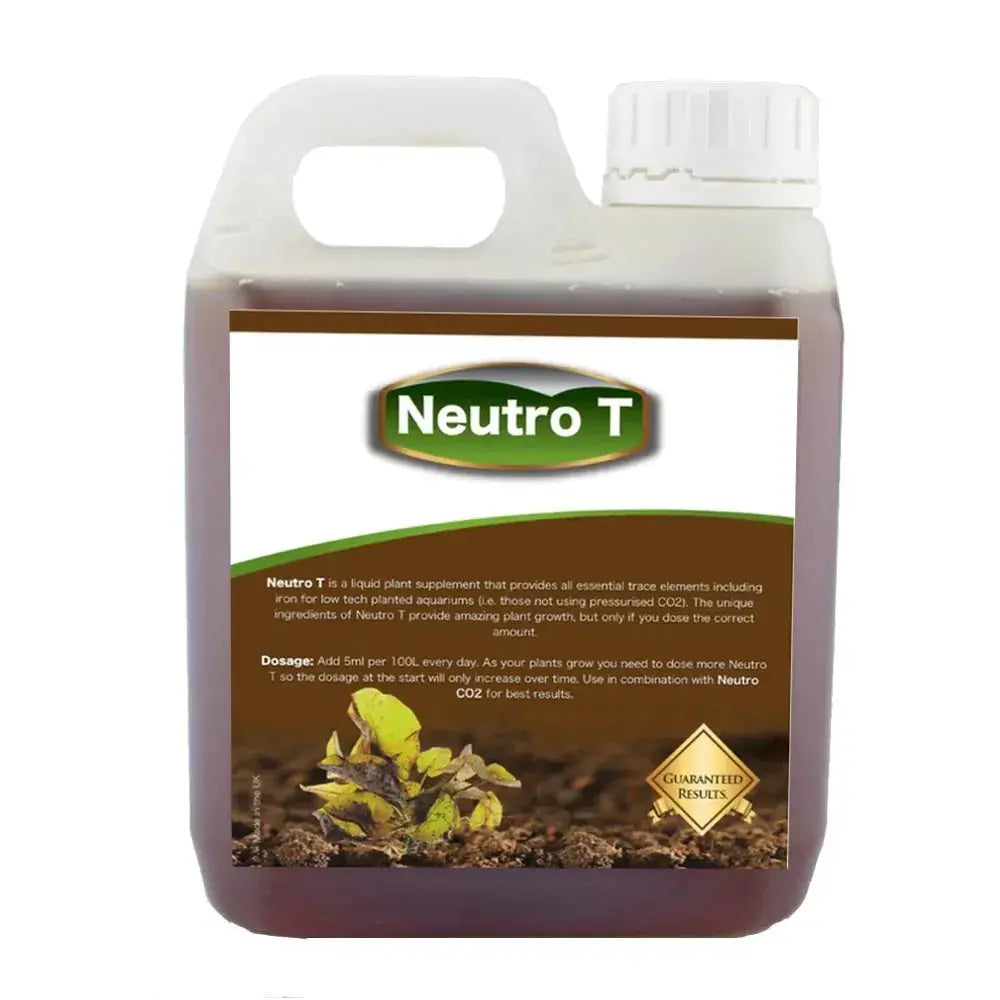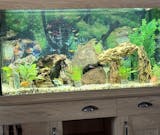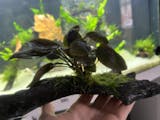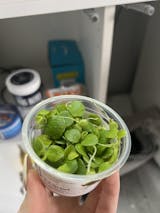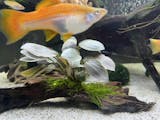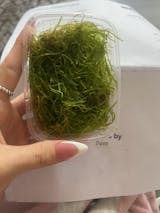Aquarium plants are an important aspect of any aquarium, as they provide not only a natural and aesthetically pleasing environment for fish but also serve as a source of oxygen and natural filtration. When it comes to selecting aquarium plants, one of the primary considerations is the substrate they will be grown in. While many aquarium plants can grow in different types of substrates, gravel is a popular choice due to its affordability and ease of maintenance.
There are many aquarium plants that can thrive in gravel, including java fern, anubias, crypts, and hornwort, among others. These plants have several characteristics that make them well-suited to growing in gravel (for our selection of gravels click here). For one, they have a relatively small root system, which allows them to absorb nutrients directly from the water column, rather than relying solely on nutrients in the substrate. Additionally, these plants tend to be hardy and adaptable, able to tolerate a wide range of water parameters and lighting conditions.
One of the primary benefits of growing aquarium plants in gravel is that it provides a stable base for the plants to anchor to. Unlike sand or other fine substrates, gravel does not compact over time, which can lead to issues with root growth and nutrient uptake. Additionally, gravel is easy to clean and maintain, making it a popular choice for aquarium hobbyists.
Overall, if you are looking to grow aquarium plants in gravel, there are many great options to choose from. By selecting hardy, adaptable plants and providing them with a stable substrate to anchor to, you can create a beautiful and natural environment for your fish while also promoting healthy plant growth.


